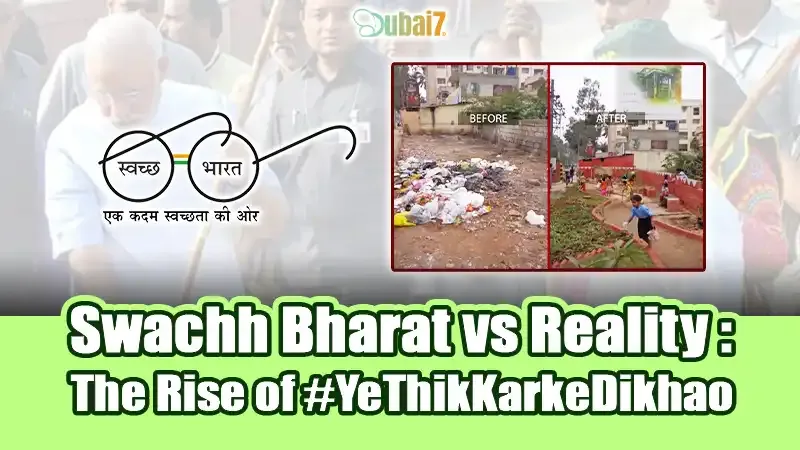
Born on the internet but rooted in real streets, #YeThikKarkeDikhao is rapidly igniting public discourse across India. AI-generated comparison images are exposing the stark contrast between filthy public spaces and the promises made under the government’s “Swachh Bharat” mission. The message? “Thik karke dikhao — fix it and show us.” It’s not just an outcry for cleaner surroundings, but a direct challenge to systemic corruption, negligence, and lack of accountability.
On X (formerly Twitter) and other social media platforms, #YeThikKarkeDikhao is trending as a grassroots anti-corruption hashtag. The call is simple: don’t just talk — act! Citizens are using it to highlight issues like clogged drains, broken water bodies, and piles of garbage in their localities.
It surged to #6 on X trending topics in a single day, and it’s continuing to pick up momentum across Instagram, Facebook, and more.
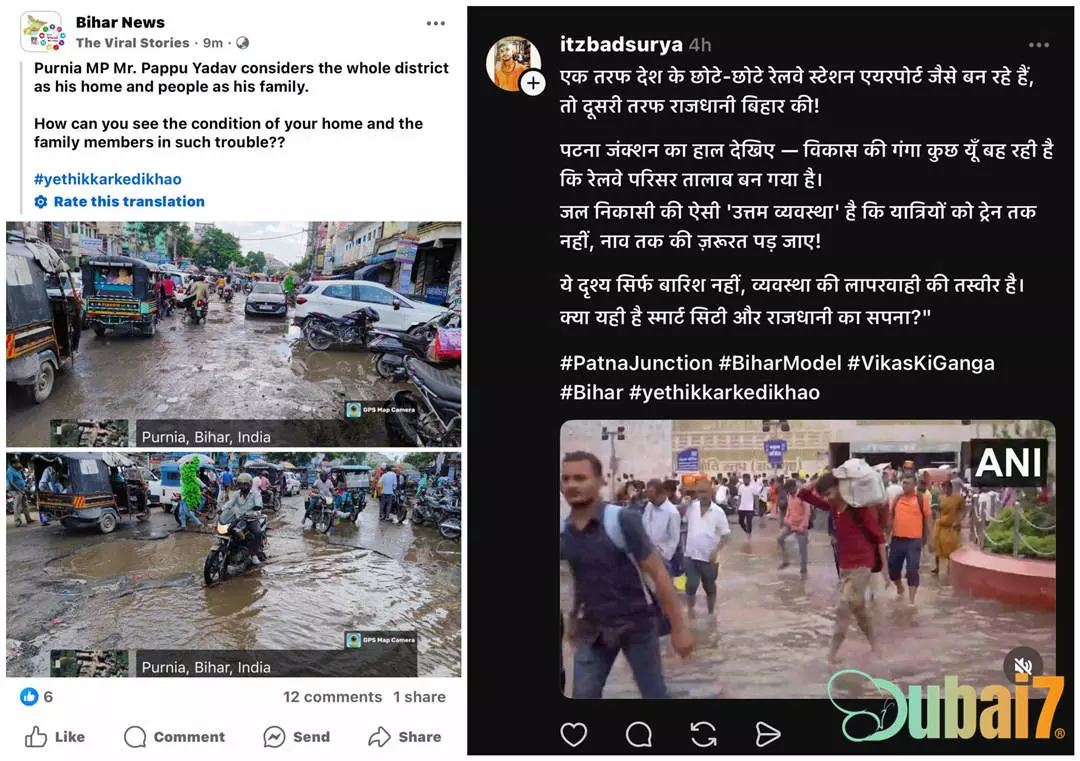
Netizens are using AI tools like ChatGPT, Grok, and image generators to create “before vs after” images: what India’s streets actually look like versus what they should look like. These posts, tagged with #YeThikKarkeDikhao, are flooding platforms like X and Instagram.
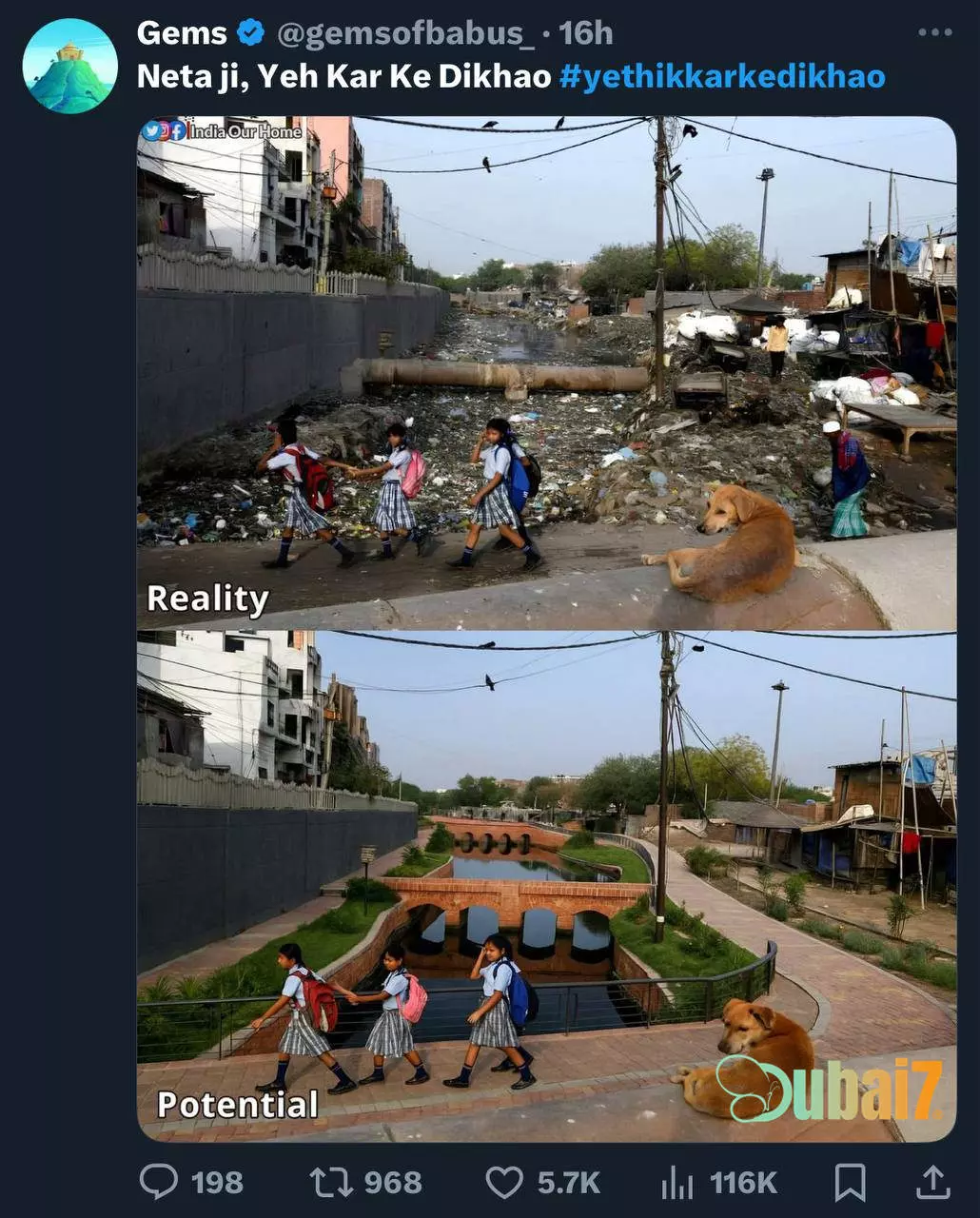
Many go a step further — uploading real-life footage of broken roads, stagnant ponds, and overflowing garbage, tagging their local MLAs and MPs, demanding answers.
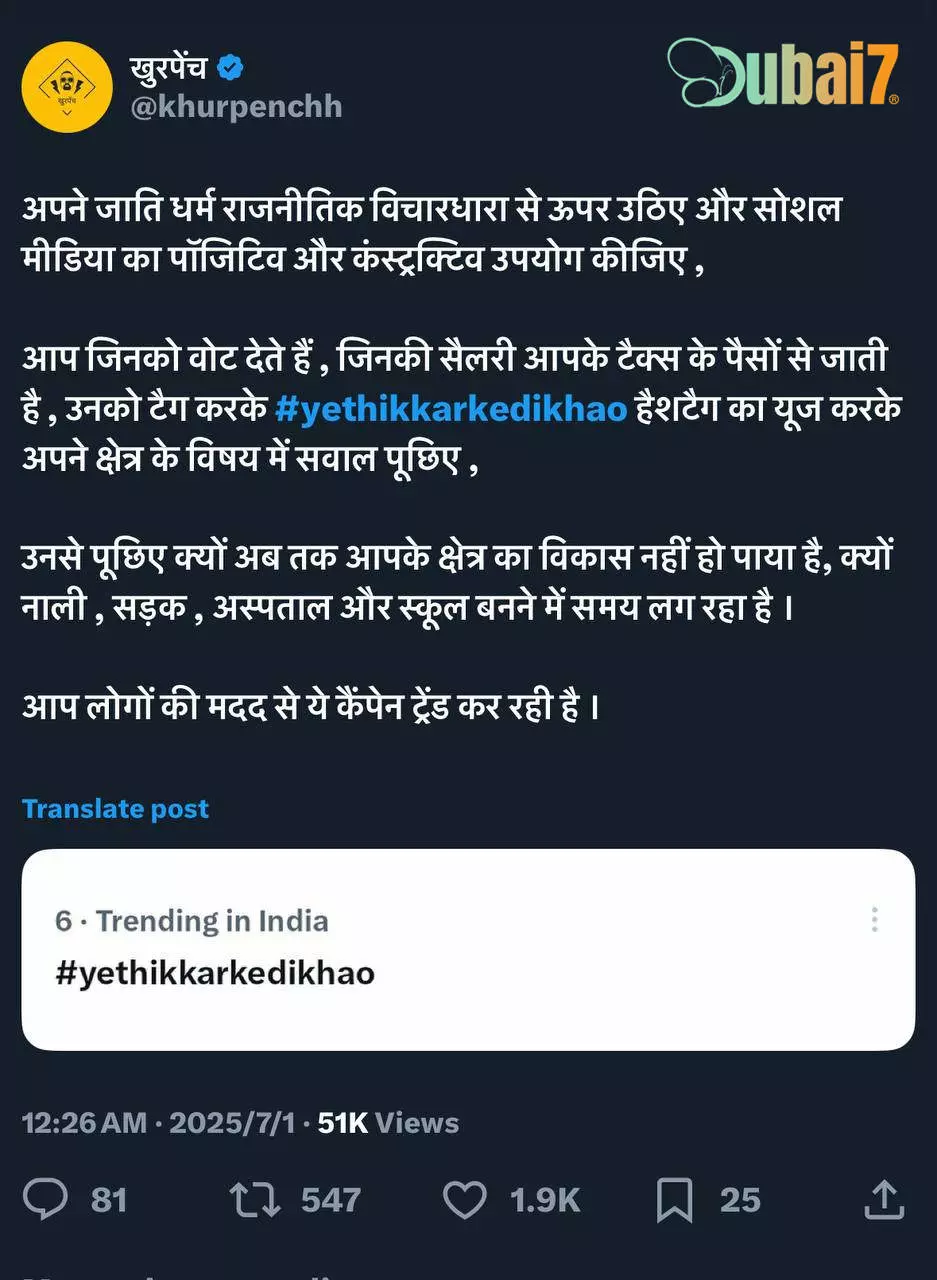
Launched on 2nd October 2014, the Swachh Bharat Abhiyan was a national mission aimed at eliminating open defecation, improving solid waste management, and creating ODF (Open Defecation Free) villages.
Objective of Swachh Bharat Abhiyan
Here's a list of objectives of Swachh Bharat Abhiyan:
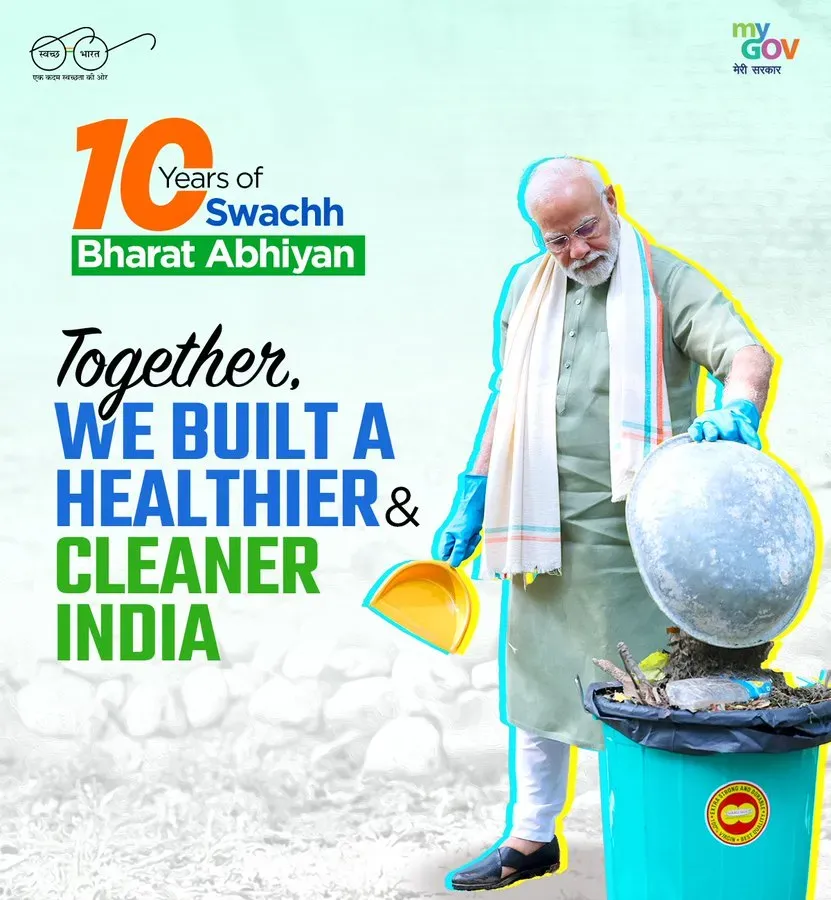
As quoted in The Economic Times, PM Modi once said during a 2014 visit to Japan:
“Endless talk about Japan’s cleanliness isn’t enough — we must make our cities just as clean, so that when foreigners arrive, they should say: 'India’s streets are as clean as those in Japan.'”
That vision pointed towards:
But 10 years on, can we honestly say we've caught up to Japan?
Whether you support Modi and the BJP or not — this deserves scrutiny. It’s not about politics. It’s about performance. The reality on the ground paints a very different picture from the promises made.
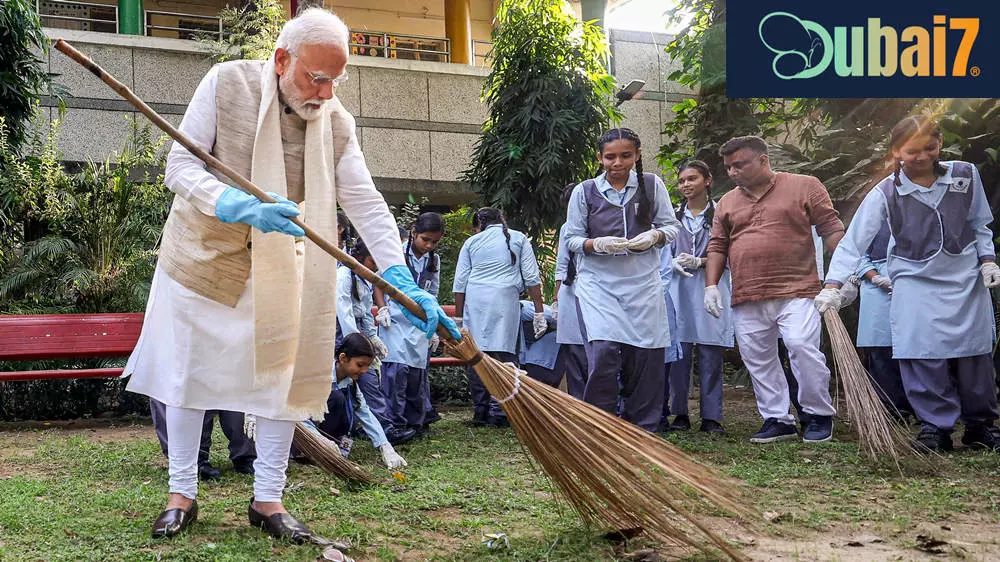
India has 13.9 crore registered taxpayers, and as of February 2025, 9.11 crore people filed ITR. We contribute:
That’s a massive financial engine. Surely, a country this resource-rich should have clean streets, functioning drains, and decent basic infrastructure in both urban and rural areas.
But what we see instead:
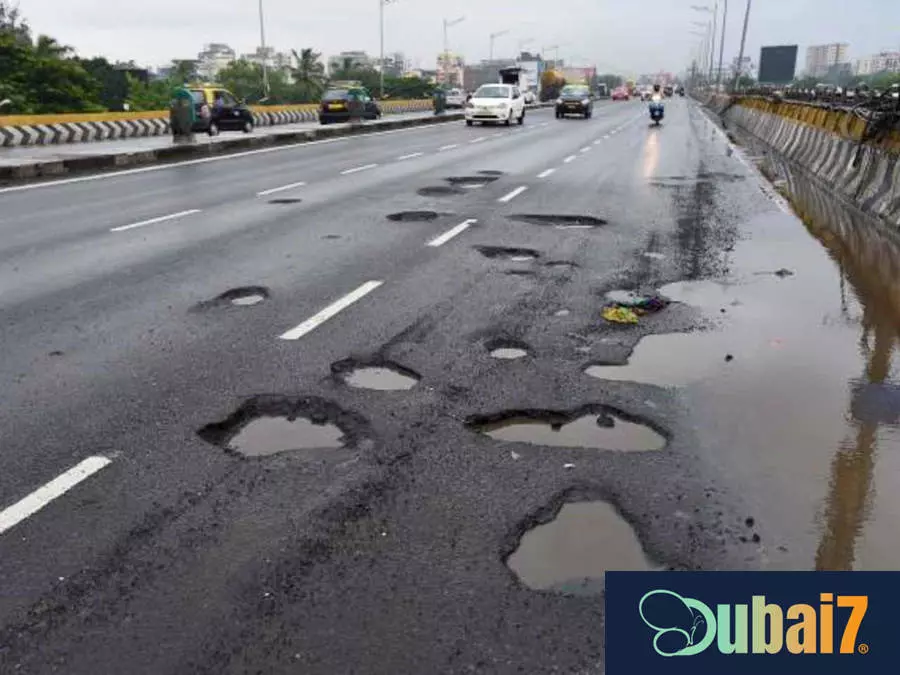
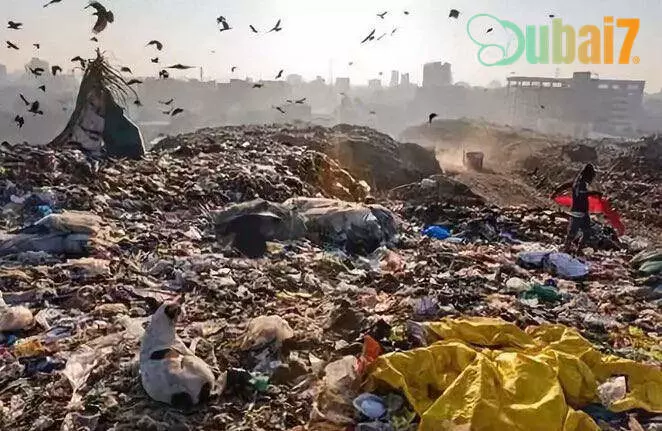
It’s not a money problem.
It’s a transparency problem, a governance problem, and frankly, a corruption problem.
This is why what began as a “clean streets” campaign has now become a nationwide citizen-led anti-corruption movement.
Yes, the government must be held accountable. But real change isn’t just top-down — it’s bottom-up too.
Here’s what everyday citizens can do:
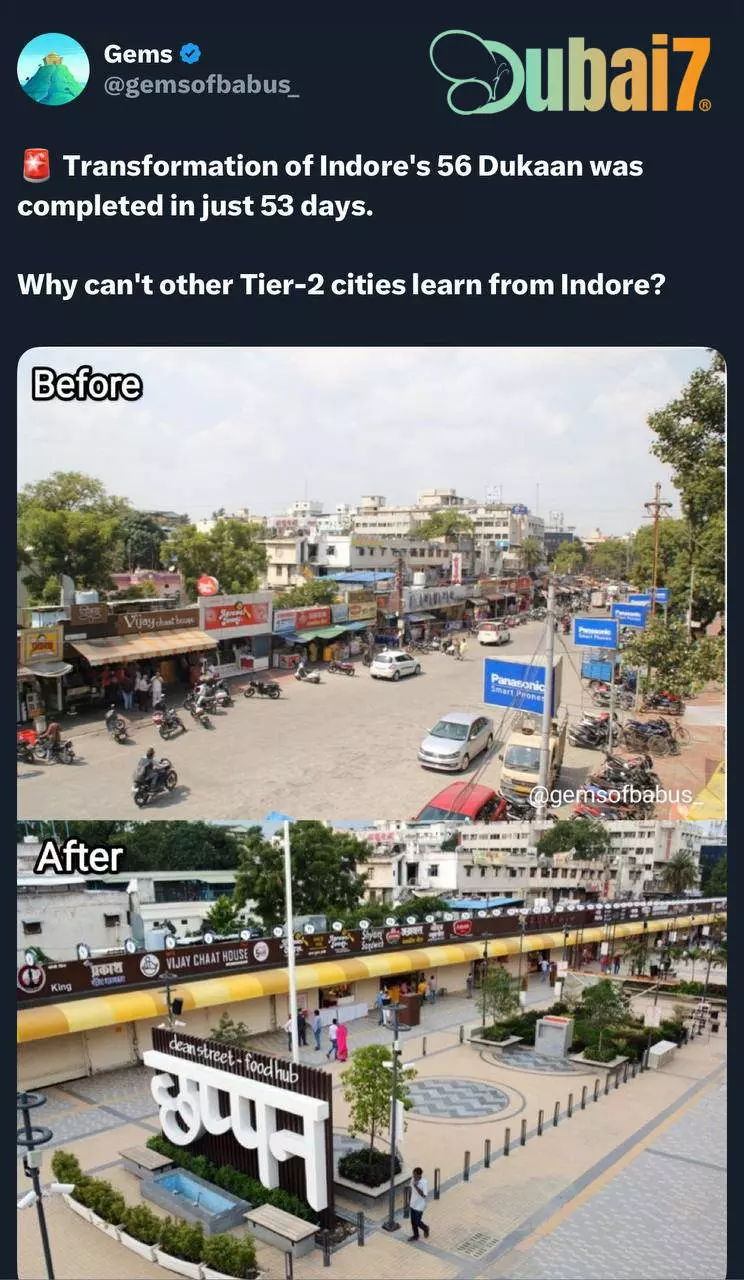
© 2025 Dubai7 Official Blog-Casino Tips, Tricks & Winning Guides